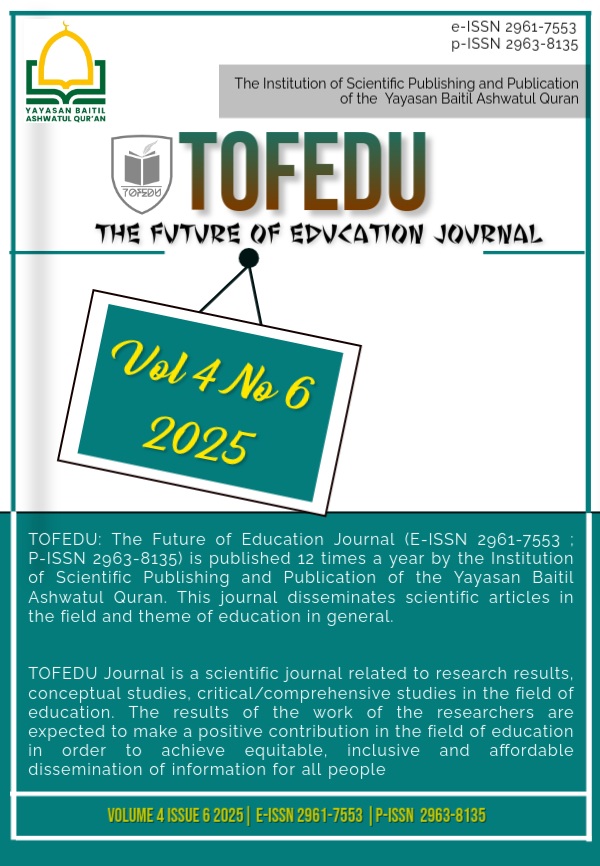The Integration of Technology and Collaborative Learning to Improve Digital Literacy among Elementary Students
Main Article Content
Abstract
The advancement of technology in the digital era has significantly transformed the educational landscape, including at the elementary school level. While students today grow up surrounded by technology, many still lack the awareness and skills to use it wisely and productively for learning. This study aims to explore the integration of technology and collaborative learning models in enhancing the digital literacy of elementary school students. A qualitative approach was employed, using semi-structured interviews and literature review as data collection methods. The findings reveal that integrating technology into learning creates a more interactive environment and fosters the development of 21st-century skills such as critical thinking, communication, collaboration, and creativity. Collaborative learning models have proven effective in increasing student engagement, social skills, and digital competence. Teachers’ strategies for integrating technology include the use of educational applications, project-based learning, and the incorporation of digital ethics. Despite challenges such as limited infrastructure and varying levels of digital literacy, a comprehensive approach involving teachers, students, and parents can optimize the benefits of technology-enhanced collaborative learning. These findings are expected to serve as a foundation for the development of relevant educational policies and teaching practices in the digital.
Article Details

This work is licensed under a Creative Commons Attribution 4.0 International License.
